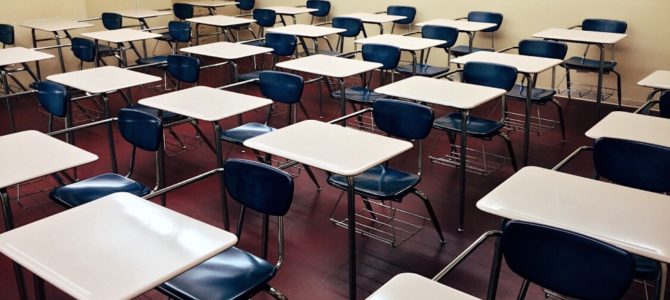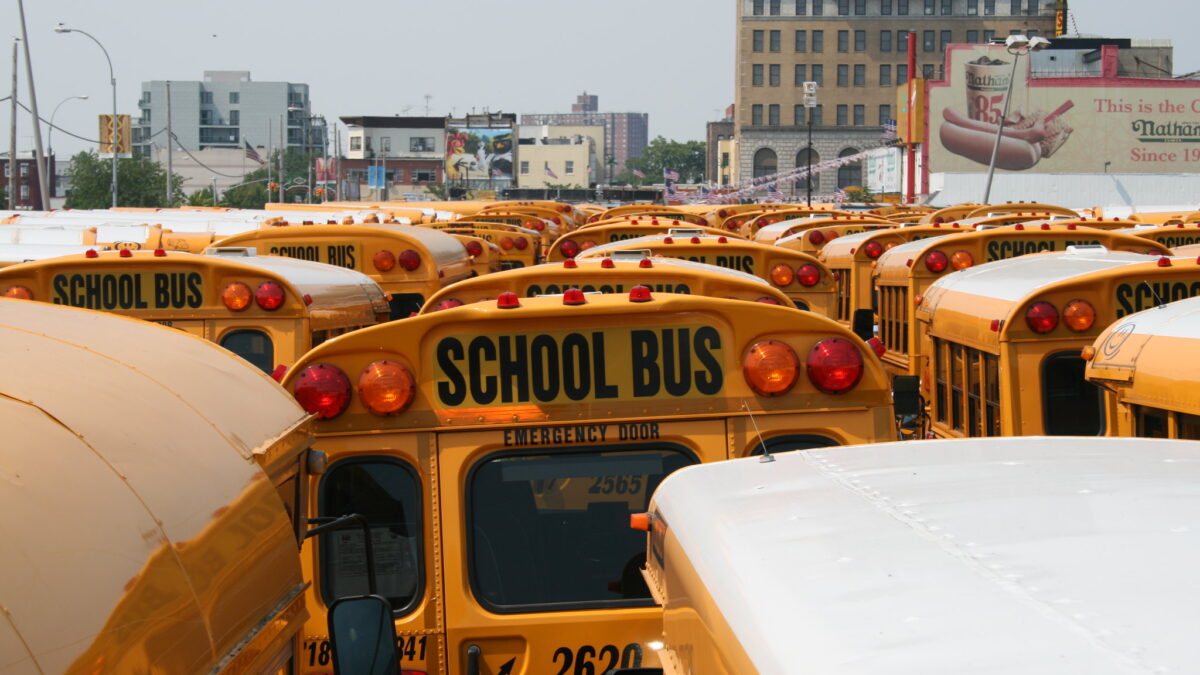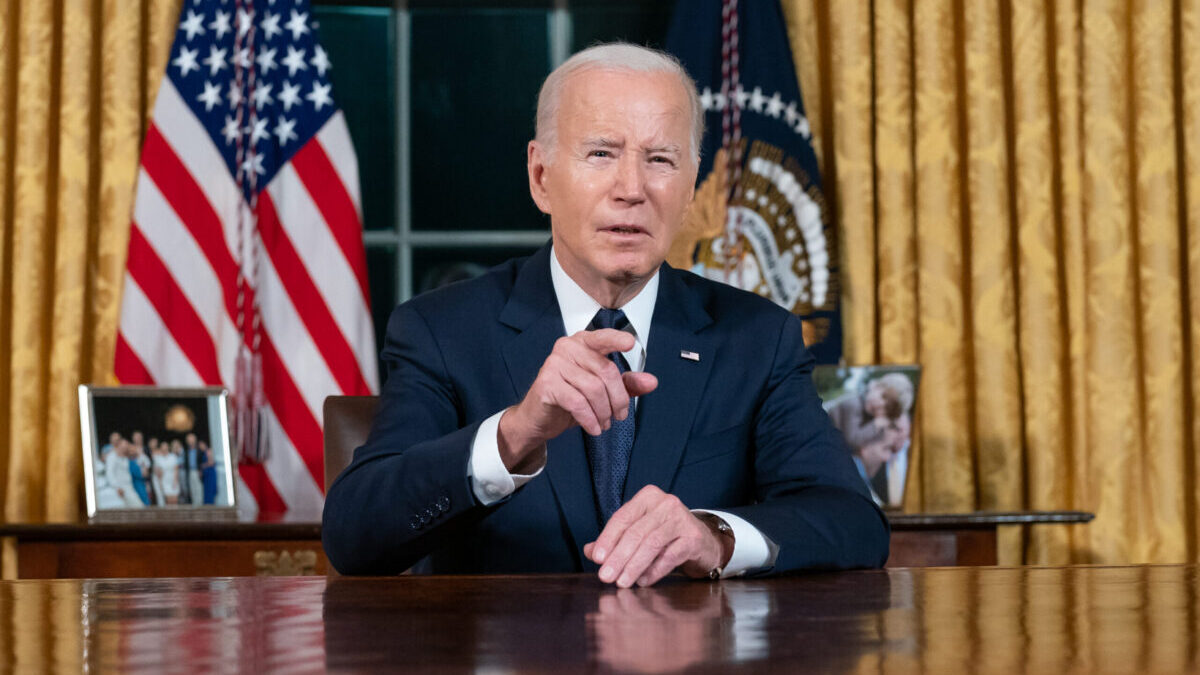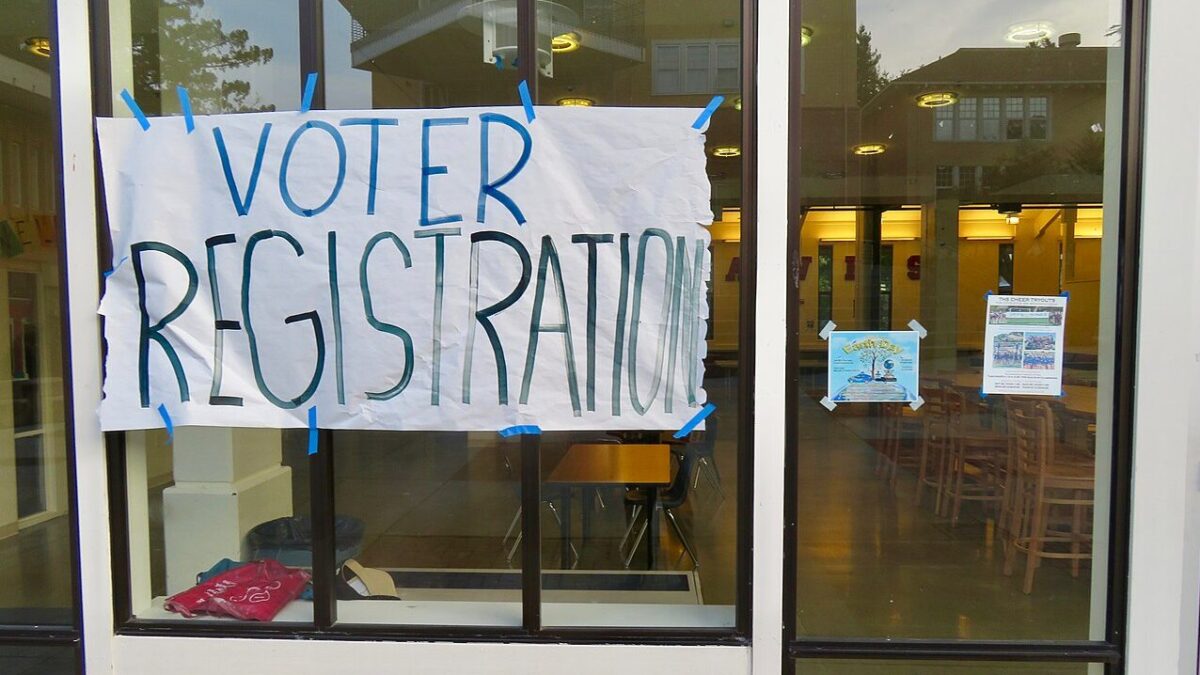
Across the country, school districts are announcing delayed openings or full-on closures for the semester or year. In its place, they will offer virtual learning as they did in the spring.
Despite President Trump’s clear opposition to this (or because of it), school district leaders insist that a risk of a COVID-19 outbreak is too great to safely reopen schools. This is doubtful, seeing that schools would have to be “guaranteeing that no one will get sick if schools reopen,” as Ben Domenech puts it. Even if they reopen, many schools are following or being forced to follow Centers for Disease Cotrol guidelines that require students and teachers to wear a mask, sit six feet apart, and sanitize their hands every hour.
Nevertheless, studies show that children, and even the teachers, are not seriously threatened by COVID, such that they have more of a chance of dying from the seasonal flu. As White House Press Secretary Kayleigh McEnany stated, “The science is very clear on this…the science is on our side here. We encourage our localities & states to just simply follow the science. Open our schools.” Indeed, the political leaders and unions calling for school closings are largely following their feelings, not science. Not even a majority of the public supports this, as shown in a recent Gallup poll.
Additionally, the online model for learning simply doesn’t work as well as face-to-face instruction, and American students are falling behind. While the hope is that today’s tech-savvy youth will log in to their computers, watch their video lectures, and create amazing projects with peers using Zoom, the reality is that most kids rarely log in to do anything yet receive a passing grade anyway.
Another year of this, explains Joy Pullmann, will set American “kids back in math by a year or two … [and] will short our economy tens of trillions of dollars.” In today’s world, the American economy will not be able to compete with the rest of the world with an undereducated workforce with insufficient math or reading skills.
The scientific data and the “essential” nature of a good education in today’s economy are the likely reasons other countries have already opened their schools. Not only are nations that took a more laissez-faire response to COVID-19 doing this — countries like Sweden — but also ones that took stricter measures like France, Taiwan, Germany, South Korea, and even Canada. Somehow, proponents of school closures have to believe that U.S. students are more at risk than their neighbors up north.
By most evidence, it could very well be the case that two months from now that American students will be sitting at home, pretending to do schoolwork while the rest of the world has already made its way down the curve of COVID-19 infections. Parents who could have been working and earning money for their children will continue relying on future taxpayers’ checks to stay afloat. And taxpayers will continue funding teachers and administrators for devising what often amounts to imitations of free educational websites like Kahn Academy or Crash Course.
Most Americans may sympathize now with administrators and teachers not wanting to return to work — it’s still summer after all — but this will probably change when the hype behind a COVID resurgence becomes apparent. Instead of seeing professionals properly respond to a legitimate threat, they will see a group of irresponsible hacks exploiting a crisis. In too many cases, it will be mass complacency causing these closures, not reasonable fear.
If there was ever an argument for school choice, this is it. When enrollment dollars are on the line, delaying school or doing extended closures would be unthinkable. But when public school districts have a monopoly, then they can easily justify this move.
Whether or not they offer a genuinely good education or even stay open, most students have to attend these schools because they have nowhere else to go. By contrast, private businesses cannot hold their customers captive this way. If they close, they lose customers and go bankrupt — which is exactly what happened to many companies during the COVID-19 shutdowns.
More importantly, school choice rewards passionate, hardworking teachers with better compensation and actual students to teach. Right now, there isn’t much incentive to be brave and go to work, nor is there extra compensation for those who provide high-quality instruction. No school is competing for students or the best teachers; rather, they are competing for government funds and more relaxed standards, which only incentivize questionable excuses and weak performances.
A frequent — though lacking — argument against school choice has been that education is much too important to put in the hands of private entities that will do a worse job, foster inequality, and serve the interests of billionaires. The widespread failure of public schools in low-income areas, however, negates this objection, particularly when contrasted with their successful charter school counterparts. Public school students are especially harmed in these systems, learning little besides how the United States is an evil country and how they are victims of a corrupt system.
At its core, education is a service like any other: its quality depends more on incentives than mere goodwill. True, it’s a service to which all Americans are entitled, but this doesn’t mean it has to be mediocre and inconstant like most government-provided services. When good teachers are rewarded, parents have a choice, and every school is competing to have the brightest and happiest students, the country could experience a renaissance that even a pandemic like COVID-19 could not suppress.
For now, schools and teachers like myself need to get back to work while elected leaders consider ways to avoid this problem in the future. For, even when the shutdowns cease — and many are betting this will probably happen around November 4 or so — people can expect more periodic shutdowns the future, at least with schools, and no one has set a limiting principle.
Threatening a shutdown is an effective way to force compliance, and no, not even Republicans are immune to this temptation. Therefore, the only real way to keep the schools open is to reward good teachers, and best serve the students is offering parents a choice once and for all.









